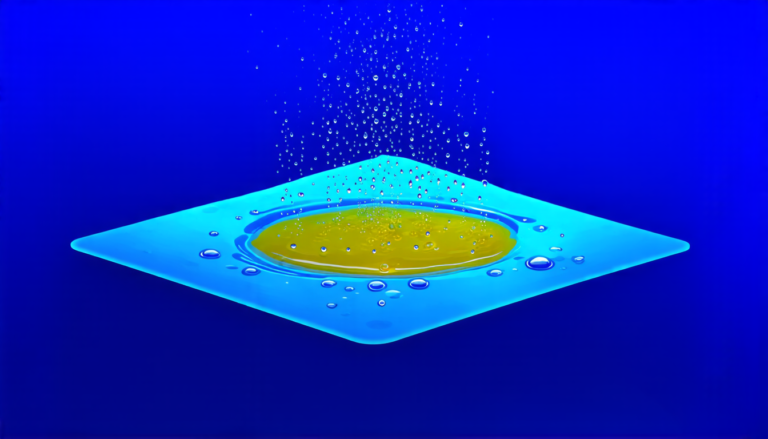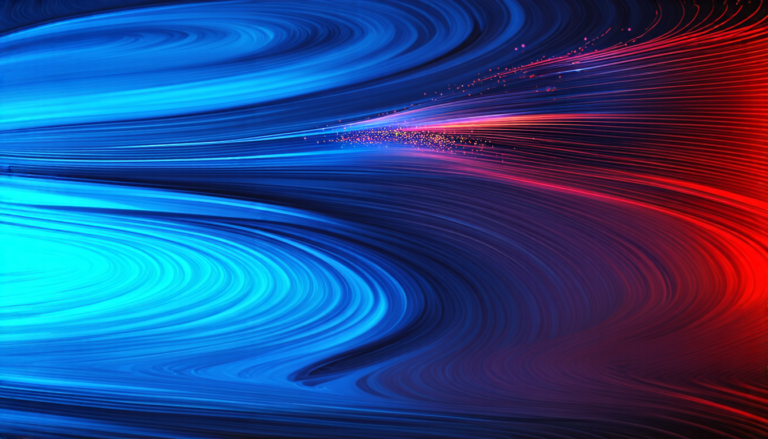Sunday 02 February 2025
The quest for a better understanding of the most violent events in the universe has led scientists to develop a new approach to studying high-energy particle collisions. In a recent paper, researchers have proposed a novel method to analyze these collisions using causal hydrodynamics, a theoretical framework that describes the behavior of fluids under extreme conditions.
High-energy particle collisions are some of the most intense events in the universe, with particles moving at nearly the speed of light and temperatures reaching billions of degrees Celsius. In these collisions, matter is transformed into energy and back again, producing a wide range of particles and antiparticles. However, despite their importance, high-energy collisions remain poorly understood due to the complexity of the processes involved.
Causal hydrodynamics has been successful in modeling the behavior of fluids under extreme conditions, such as those found in the early universe or during black hole mergers. The new approach uses this framework to describe the dynamics of particles and antiparticles in high-energy collisions, taking into account the effects of causality and non-equilibrium behavior.
The researchers used a combination of theoretical calculations and computer simulations to test their model. They found that it was able to accurately predict the production of certain particles and antiparticles in high-energy collisions, as well as the distribution of energy and momentum among these particles.
The implications of this new approach are significant. It could help scientists better understand the fundamental laws of physics that govern high-energy particle collisions, which is essential for advancing our knowledge of the universe. Additionally, it could lead to more accurate predictions of the results of high-energy collisions, which would be valuable for applications such as nuclear medicine and particle accelerators.
The research also has potential implications for the study of cosmic phenomena, such as black hole mergers and the early universe. By applying the causal hydrodynamics approach to these events, scientists may gain a deeper understanding of the fundamental laws that govern the behavior of matter and energy under extreme conditions.
In summary, the new approach using causal hydrodynamics has shown promise in modeling high-energy particle collisions and could lead to significant advances in our understanding of the universe.
Cite this article: “Modeling High-Energy Particle Collisions with Causal Hydrodynamics”, The Science Archive, 2025.
High-Energy Particle Collisions, Causal Hydrodynamics, Theoretical Framework, Extreme Conditions, Black Hole Mergers, Early Universe, Particle Accelerators, Nuclear Medicine, Cosmic Phenomena, Fundamental Laws.






